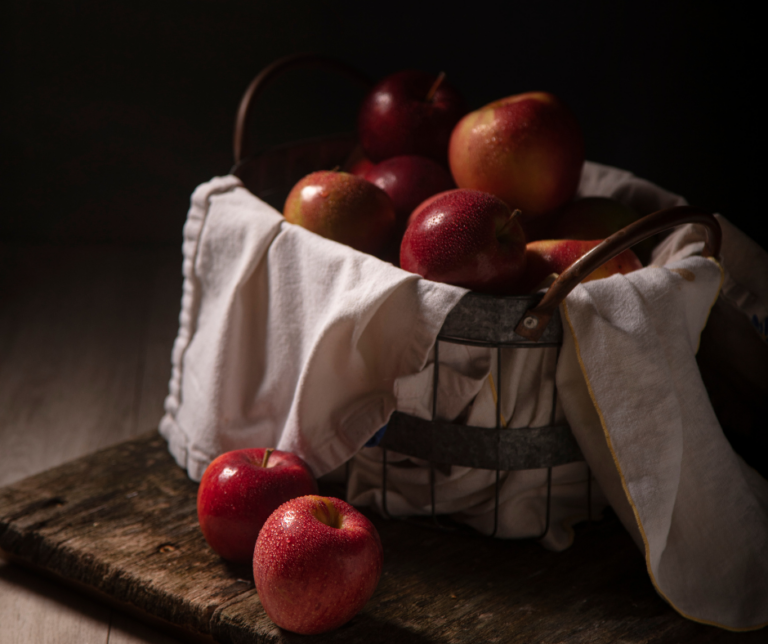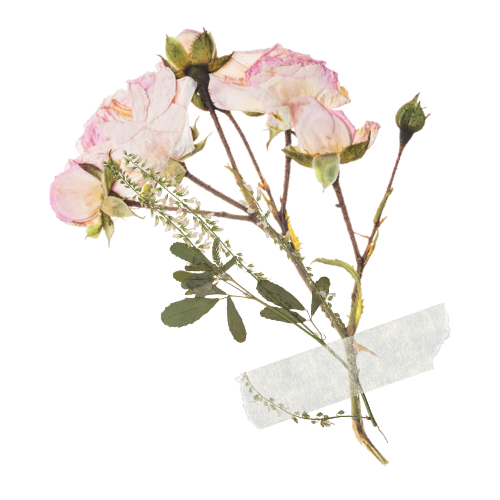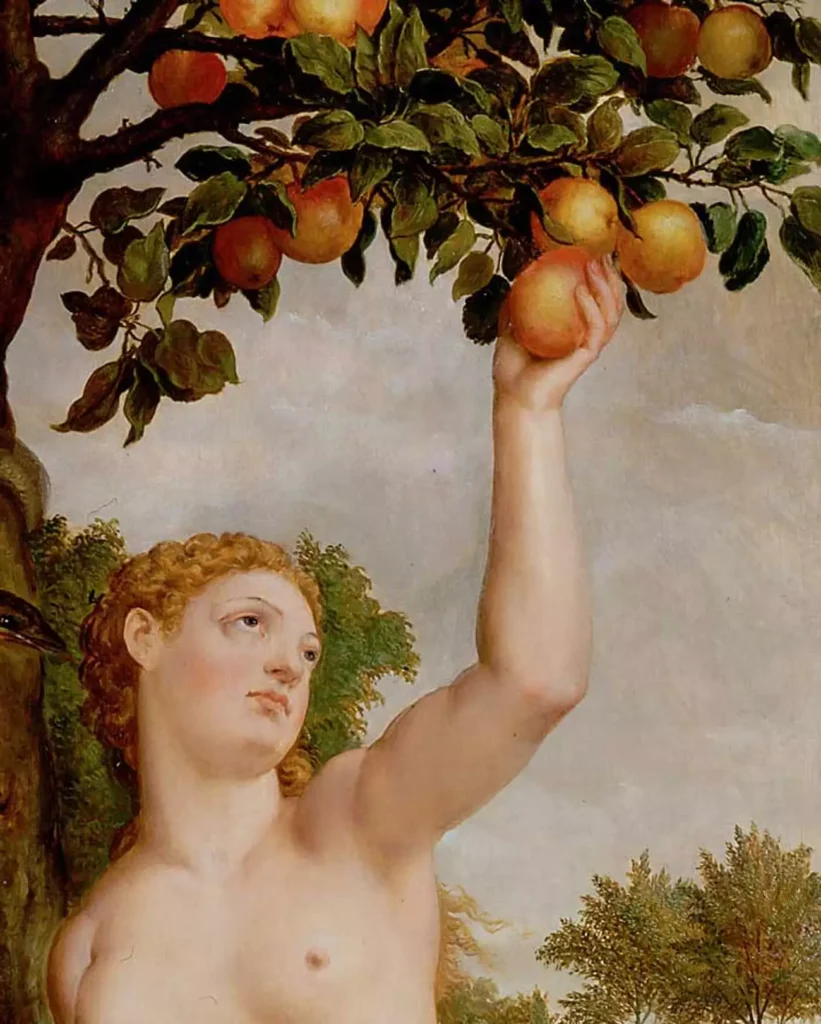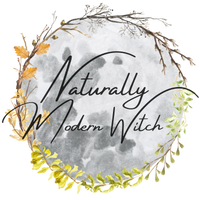
Developing a personal practice that's authentic to you is all about finding deeper meaning in life and the world around you.
One way to do this is by noticing symbolism in your practice. By incorporating symbols into your daily routine, you can connect with the subconscious mind and find spiritual fulfillment. Let’s explore the significance of symbols.

What is symbolism?
Symbolism is using characters, objects, colors, actions, places, or events to convey an abstract idea giving it deeper meaning.
How to use symbolism in witchcraft?
- When researching stories and working with spirits and/or energy. For example, a character might be used to symbolize a value, or an ideal in mythology. In your personal witchcraft practice, this might mean deciding which spirit on your team to call, or choosing an archetypal energy and image.
- When choosing timing for a working. An event might be used to symbolize a change, a new beginning, or ending.
- And finally, correspondences are a system that uses symbolism to link things together
Why should I use symbolism in my witchcraft practice?
By using symbolism, witches are able to add dimension to their workings and create layers of meaning to their magic–stacking the odds in their favor. Symbols can also be used to create a mood or atmosphere within a sacred space, raising the energy for that working. For instance, if a witch wanted to call to an ancestor that has passed, they might choose symbols that associate with death such as a skull and combine them with items from that loved one. In this way, symbolism is a powerful magical tool that can be used to great effect.
How is symbolism important to modern witchcraft?
Symbols are an incredibly important part of witchcraft and personal practice. They can be used for a variety of purposes, such as helping to focus energy during spell work, providing a physical representation of an intention, but most importantly symbolism is the language of the spirit. Symbols serve as a tool for communication and the deeper their personal meaning to you, the more effective your magic. In many cases, symbols are personal to the practitioner and may have meaning that is specific to their own journey. However, there are also some widely-recognized symbols that have been seen throughout history.
Where do modern witches see symbolism?
Symbolism can be found any number of places. Here are a few most common:
Art
Art is full of symbols and meanings. Sometimes these are easy to spot, like a heart to represent love. Other times they are more subtle, like a snake coiled around a staff to represent healing. Whether blatant or hidden, symbolism plays an important role in art. It can be used to communicate ideas and messages that might be difficult to express in words. It can also add depth and meaning to a work of art, giving the viewer a new level of understanding. Symbolism can be found in all forms of art, from painting and sculpture to literature and film. By taking the time to look for symbolism, we can gain a better appreciation for the artist’s intent and the hidden layers of meaning in their work.
Literature
Authors often use symbols to add complexity to their stories and to give readers a greater understanding of the characters and themes. A symbol can be an object, a character, a color, or an action that is used to represent something else. For example, the color black is often used to symbolize death or mourning, while the color white may symbolize purity or innocence. By carefully choosing which symbols to use, authors can create powerfully evocative work. Symbolism can be explored in any story. Is there any mythology or lore that calls to you?
Color
Color is one of the most important elements of art. It can be used to create mood, convey emotion, and add visual interest. Each color has its own unique properties, and artists often use color symbolism to communicate specific ideas. For instance, red is often associated with passion or anger, while blue may represent calm or sadness. Yellow can symbolize happiness or optimism, while black can be used to create a feeling of mystery or suspense. By carefully choosing the colors they use, artists can create paintings that evoke a wide range of emotions and convey deep symbolic meaning. This can be seen when using color magic.
Events
Cycles and rhymes are central themes in life. One of the most common ways that time is used in symbolism is through the representation of the seasons. Spring, for example, is often used to symbolize rebirth and renewal, while winter can represent decay, either in the sense of death or composting to create something new. The changing of seasons can also be used to represent the passage of time, with each season representing a different stage in life or rites of passage. In many stories, characters will experience a change in seasons during their journey, symbolizing the growth and development they have undergone.
Elements of nature
Nature always has something new to offer, whether it be a beautiful sunrise or the chirping of birds. Nature is constantly changing, just as life does. The elements of nature can also be seen as symbols of the different stages of life. By understanding the symbolism of the elements of nature, we can gain a deeper understanding of our personal practice. For example, the sun is often seen as a symbol of birth and new beginnings. Water is often used to symbolize cleansing or emotion, while fire can represent passion or destruction. A storm might represent chaos, while a rainbow might represent hope.
Structural/Architectural Elements
Gates, doors, bounds, chains, locks, and key, etc. They are interpreted according to their primary function in the real world. Thus, respectively the gates or door means threshold, the symbol of transition from one nature to the other, bounds – restrictions or dependence and key – the solution.
Metaphorical
In Plato’s “Allegory of the Cave,” the cave symbolizes the physical world, while the shadows represent the illusions that we mistake for reality. The prisoners in the cave are like us, trapped by our perceptions and unable to see the truth. The outside world represents the spiritual realm, and the sunlight is the enlightenment that can lead us to understanding. Plato believed that it is only by leaving the cave and seeing the sunlight that we can come to know true reality. In this way, the cave is a powerful symbol for the human condition, and for our ability to break free from the limited perspective of our own experience.
Etymology
Symbols can also be found in the etymology, or origins, of words. By understanding the symbolism in words, we can gain a greater understanding of the concepts they represent. For instance, the word “sacred” comes from the Latin word sacer, which means “consecrated or dedicated to a deity.” By understanding the symbolism in words, we can gain a deeper understanding of the ideas and concepts they represent.
Cinema
Decorations, music, colors, intonations of the dialogues and nature, help to succeed in conveying the producers message and meaning. In film, we often see the use of long or short take, repetition of shots to underline the things or phenomena they consider meaningful and important for decoding their idea.
Music
A song is a spell that our heart hears. Music is a form of art that uses sound as a medium. It is often used to express emotions and convey messages. Music can also be symbolic, using sound to represent ideas or concepts. Symbolic music often uses repetitive elements, such as motifs, to create a sense of cohesion and emphasize the meaning of the piece. For example, a composer might use a particular motif to represent the sun in a song about sunrise. By analyzing the symbolism in music, we can gain a deeper understanding of the piece and the composer’s intent. Along with how we can utilize it in our practice.
Poetry
When analyzing a poem, it is important to consider the ways in which the poet uses symbols to create meaning. To analyze a poem’s symbolism, start by identifying any images or objects that seem to have a special significance. Then, think about what these symbols might represent. What do they tell us about the poem’s subject matter? What do they reveal about the poet’s attitudes and beliefs? By answering these questions, we can start to unlock the complex meanings of even the most seemingly simple poems.
Here’s a symbolism research exercise you can do:
Google image search apple, outside of gadgets, you’ll see tons of symbolism. Now note the what memories you have tied to this symbol, as well as the patterns that it shows up in your life.

Knowledge, temptation

Poison/death

School/knowledge

Health


Really useful. Thank you.
Could you maybe explain some basic herbs for doing spells please
Absolutely! What general needs are you interested in? Ex: Abundance, luck, healing, cleansing, blessing, etc